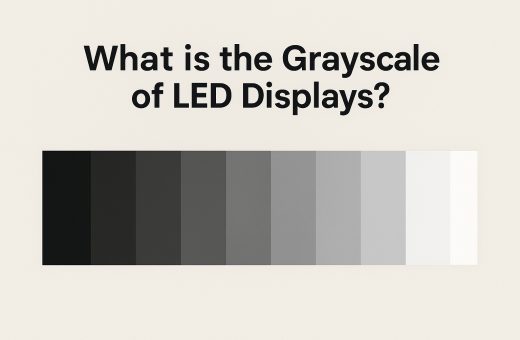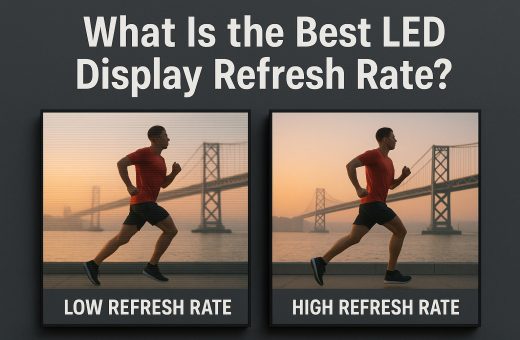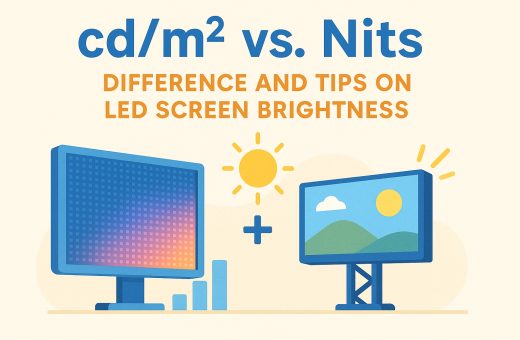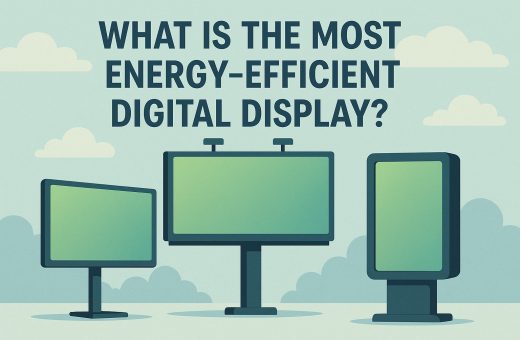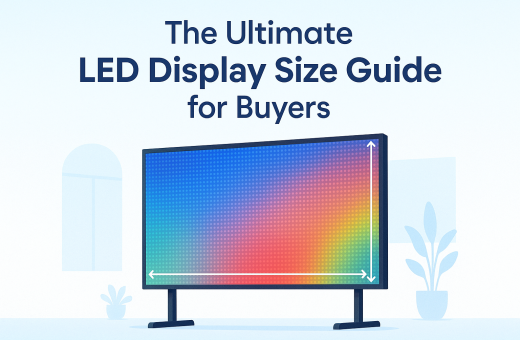Table of Contents
In other words, it indicates the maximum angle at which a viewer can watch the screen while still perceiving the displayed content accurately and without any visual distortions.
As LED displays have become increasingly prevalent in various applications such as televisions, computer monitors, digital signage, and mobile devices, understanding and optimizing the viewing angle have become crucial factors in delivering a satisfying visual experience to the users.
To fully grasp the concept of viewing angle in LED displays, it is essential to delve into the technology and principles underlying LED d isplay and their optical properties.
1. Basic principles of LED displays
LED stands for Light-Emitting Diode, and it is a semiconductor device that emits light when an electric current passes through it. In an LED display, thousands or even millions of individual LEDs are grouped together to form pixels. Each pixel typically consists of three sub-pixels (red, green, and blue) that can produce various colors when they emit light at different intensities. These pixels are arranged in a matrix to form the complete display panel.
2. Impact on image quality
When viewing an LED display from the front (perpendicular to the panel’s surface), the observer receives the maximum radiant intensity from the LEDs, resulting in optimal image quality. However, as the viewer moves away from the center, the angular dependence of LED emission becomes apparent, and the observed brightness decreases. Additionally, the color and contrast may also change, leading to reduced image quality and, potentially, color shifts.
3. Measuring viewing angles
The viewing angle of an outdoor or indoor LED display is typically measured in two directions: horizontal and vertical. The two angles define the cone within which the screen can be viewed with an acceptable image quality.
Manufacturers often provide specifications for viewing angles based on the points where the brightness or color deviation reaches a certain threshold, such as 50% or 10%, from the optimal center view.
4. Types of viewing angles
Understanding the different types of viewing angles helps assess the quality of an LED display for specific applications:
- Wide viewing angle: This implies that the display can be viewed comfortably from a broad range of angles without significant loss in image quality. Wide viewing angles are essential for applications where the audience may be scattered or where multiple viewers are watching the screen simultaneously.
- Narrow viewing angle: A narrow viewing angle means that the display’s image quality degrades significantly when viewed from off-center positions. This type of display is suitable for applications where a limited audience views the screen from a fixed location, reducing the risk of unintended viewers observing distorted content.
- Vertical versus horizontal viewing angles: LED displays often have different vertical and horizontal viewing angles. For instance, a display may have a wide horizontal viewing angle for better side-to-side visibility in a public display, while having a more limited vertical viewing angle to protect the content’s privacy.
5. How to choice the right viewing angle?
At present, the viewing angles of most LED display manufacturers are unified. For a high-quality LED display product, the larger the viewing angle, the fewer blind spots, and the better the viewing effect of the audience from different angles.
Conclusion
The viewing angle of an indoor or outdoor LED display is a critical factor in determining the user experience and the display’s suitability for various applications. Understanding the underlying principles and trade-offs involved in achieving different viewing angles can help users and manufacturers make informed decisions about selecting and optimizing LED displays for specific purposes. Advancements in LED technology and display engineering continue to push the boundaries of viewing angles, ensuring that users can enjoy vibrant and clear content from a wide range of positions.
If you want to know more information about LED Digital Sign, please contact us.

